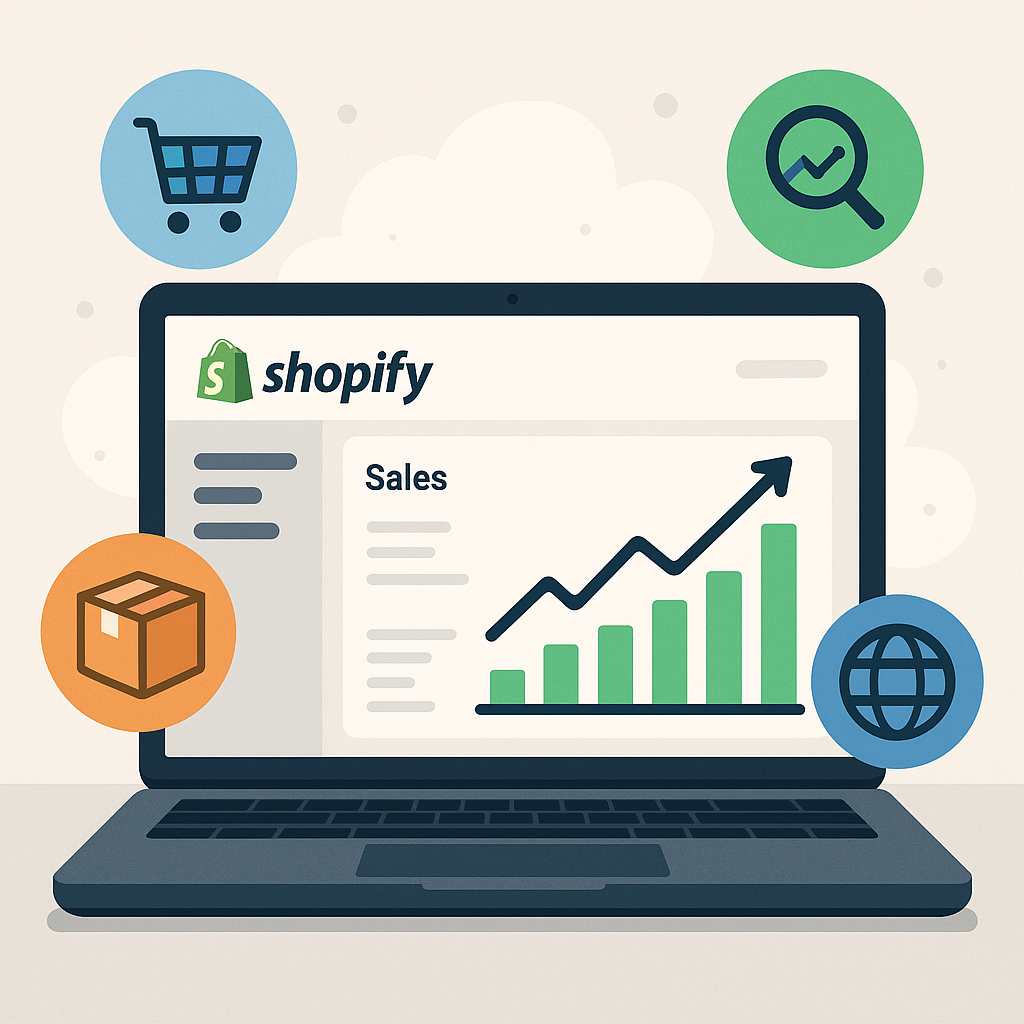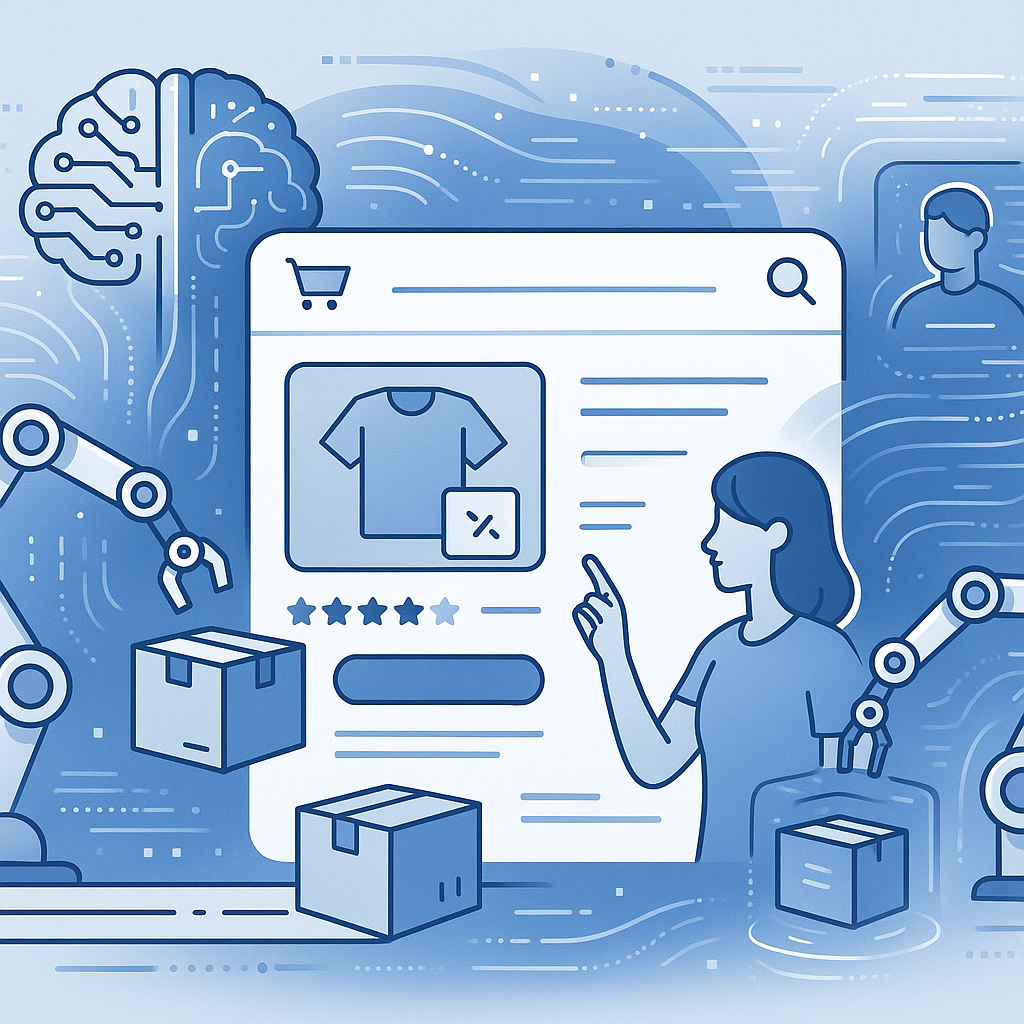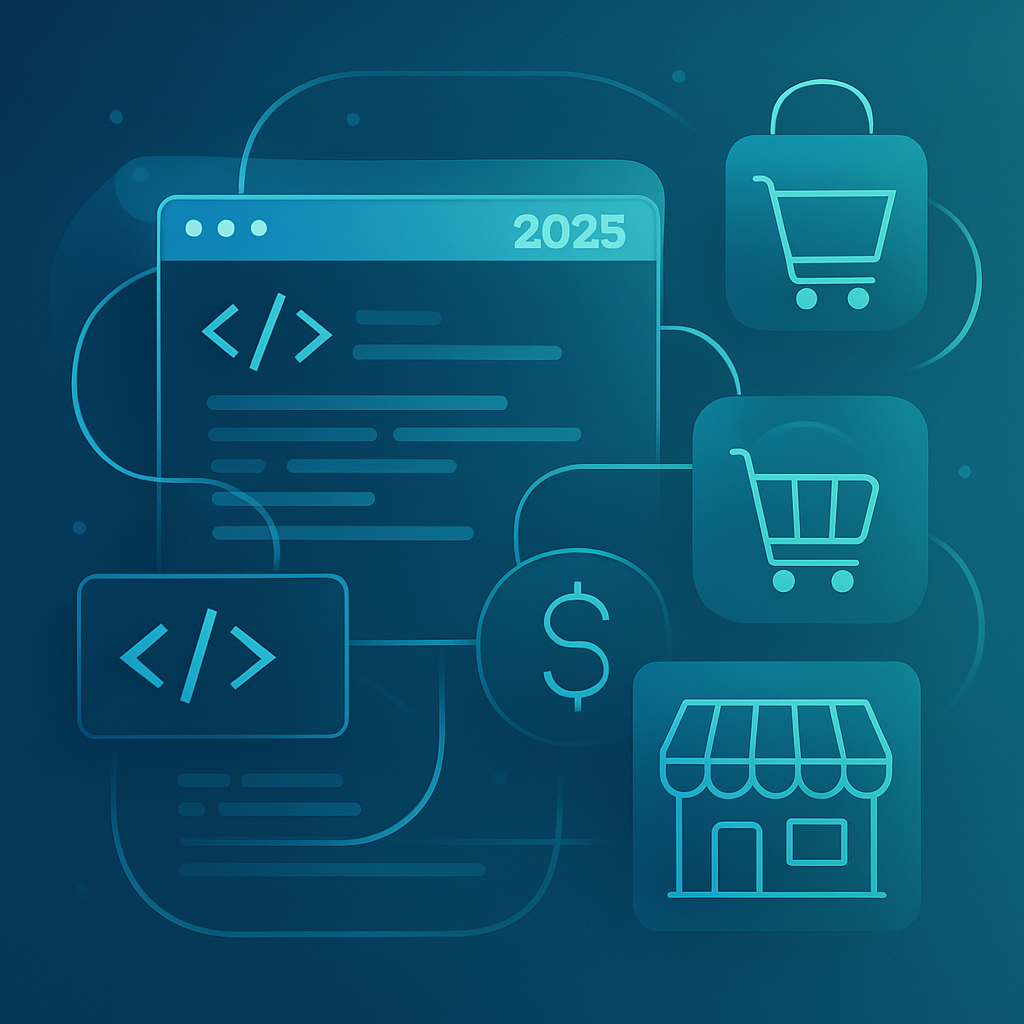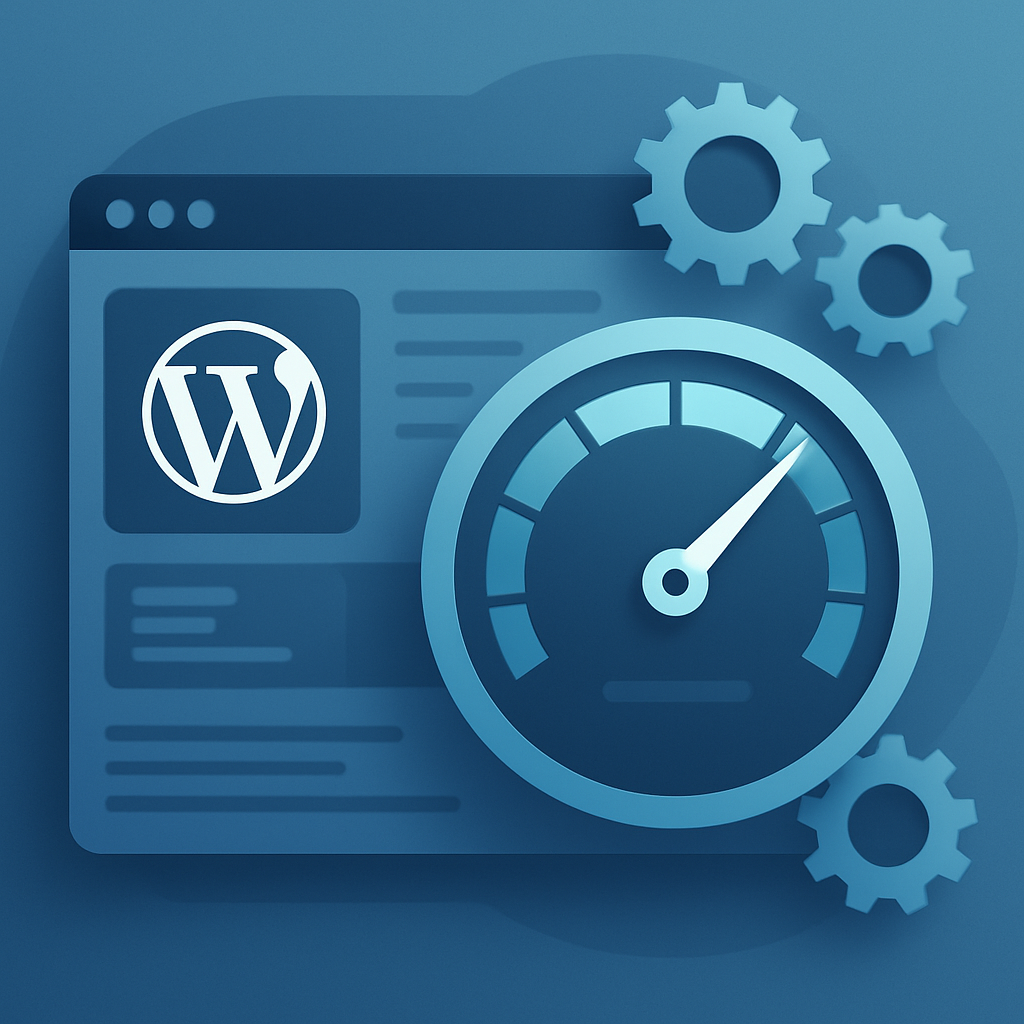
Maximize Sales: Building and Scaling a Profitable Shopify Store in 2025
In the evolving landscape of online commerce, 2025 presents fresh opportunities and challenges for entrepreneurs aiming to build and scale a profitable Shopify store. With millions of merchants vying for attention, success hinges not simply on launching a store but on mastering a dynamic blend of strategy, technology, and customer engagement that converts browsers into loyal buyers.
Understanding the Online E-Commerce Business Landscape in 2025
The online e-commerce business environment is more competitive and customer-centric than ever. Consumers expect seamless shopping experiences, personalized offers, rapid delivery, and omnichannel accessibility. Shopify remains a leading platform due to its flexibility, app ecosystem, and powerful integrations that support sellers to meet these demands.
Businesses must therefore equip their Shopify stores with tools and strategies that optimize every touchpoint — from discovery and conversion to post-purchase engagement.
Building Your Shopify Store: The Foundation of Profitability
Choosing a Niche With Profit Potential
A carefully selected niche continues to be pivotal. Successful stores in 2025 tap into under-served markets or create differentiated products that cater to passionate communities or solve specific problems.
Example: A Shopify store specializing in eco-friendly pet accessories taps into the growing consumer preference for sustainability, distinguishing itself within the broader pet market.
Design for Conversion and Brand Trust
Beyond aesthetic appeal, your store design should facilitate navigation, highlight trust signals (reviews, guarantees, certifications), and simplify the checkout process. Shopify themes optimized for mobile and speed can significantly decrease bounce rates and cart abandonment.
Leverage Effective Product Descriptions and Visuals
Detailed, emotionally resonant product descriptions combined with high-quality images and videos improve buyers' confidence. Storytelling that connects product benefits to customer lifestyles drives engagement and conversion.
Scaling Your Shopify Store: From Launch to Growth
Data-Driven Marketing and Customer Acquisition
Growth in 2025 relies heavily on harnessing data analytics. Shopify merchants must leverage Google Analytics 4, Shopify Analytics, and customer behavior insights to refine digital marketing strategies.
Successful tactics include:
Targeted Social Media Ads: With platforms like TikTok and Instagram integrating shopping features, hyper-targeted campaigns using lookalike audiences optimize ad spend.
Influencer Collaborations: Partnering with micro-influencers who resonate with your niche audience amplifies reach authentically.
Email and SMS Automation: Segmented communication flows enhance retention by delivering personalized content and promotions based on user behavior.
Implementing Technology to Boost Operations
Automation tools integrated within your Shopify ecosystem streamline order fulfillment, inventory management, and customer support.
Inventory Sync Apps: Avoid stock-outs and overstock by syncing inventory levels across sales channels.
Chatbots and AI Assistants: Provide 24/7 customer support that handles FAQs and basic order queries, improving satisfaction without hefty staffing costs.
Upsell and Cross-Sell Extensions: Intelligent product recommendations increase average order value.
Optimizing Customer Experience Post-Purchase
Repeat customers represent a higher lifetime value, so fostering loyalty is crucial. Techniques include:
Personalized Follow-ups: Offer customers curated product suggestions or exclusive discounts based on past purchases.
Subscription and Loyalty Programs: Encourage recurring sales and brand advocacy.
Soliciting Reviews and Social Proof: Proactively gathering testimonials reinforces trust and aids future conversions.
Innovations and Trends Supporting Shopify Store Profitability
Augmented Reality (AR) Shopping
AR integration helps shoppers visualize products in their environment, reducing uncertainty. Shopify apps now enable furniture, fashion, and accessories stores to offer AR previews, increasing engagement and lowering return rates.
Sustainability as a Brand Pillar
Transparency in sourcing and eco-friendly packaging appeals to discerning consumers. Building this into your Shopify store’s narrative amplifies connection and justifies premium pricing.
Social Commerce Integration
Shopping directly through social media marketplaces is growing exponentially. Shopify stores synced with Facebook Shop, Instagram Shopping, and emerging platforms capture impulse purchases effortlessly.
Measuring Success and Adjusting for Continuous Growth
Key performance indicators (KPIs) such as conversion rates, average order value, customer acquisition cost, and repeat purchase rates must be monitored closely. Use Shopify’s dashboard along with complementary analytics tools to assess marketing ROI and operational efficiency.
Regular A/B testing of landing pages, product bundles, and promotional campaigns feeds a cycle of optimization that scales profits sustainably.
Conclusion: A Strategic, Customer-Centric Approach to Shopify Success
Building and scaling a profitable Shopify store in 2025 requires a harmonious balance of niche focus, superior user experience, data-driven marketing, and operational automation. Innovation in technology and commitment to customer-centricity not only drive sales but foster lasting brand loyalty.
Merchants who adapt swiftly to evolving trends while optimizing fundamentals stand poised to maximize their sales and carve a distinctive position in the bustling online e-commerce marketplace.






